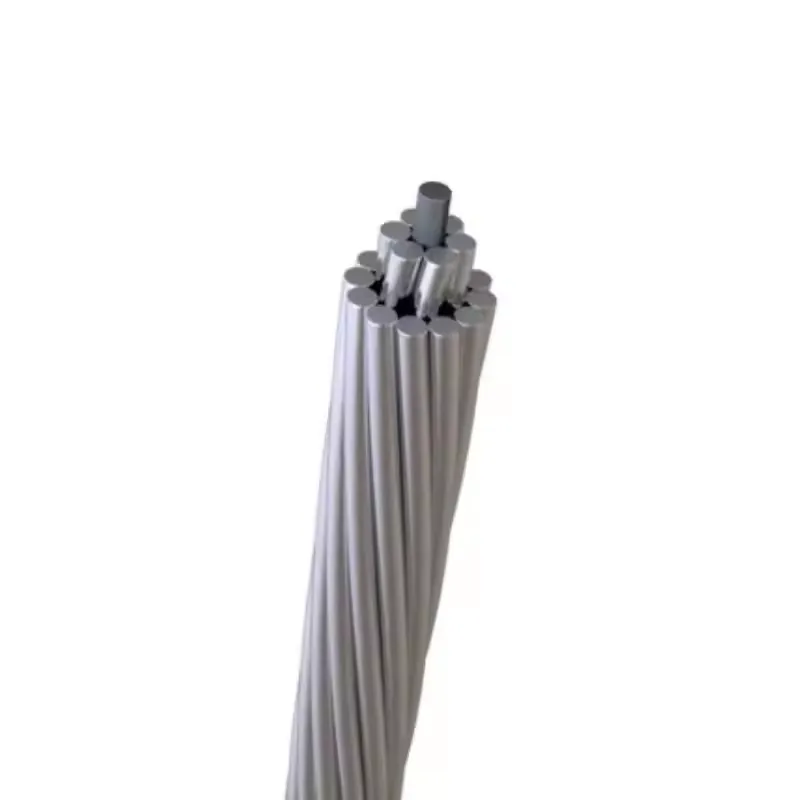Time: 2025-03-14 15:49:37 Source: Henan Province Jianyun Cable Co., Ltd.

Galvanized steel wire is widely used in oil and gas exploration cables, where high tensile strength and corrosion resistance are critical. Cold drawing is an effective method to improve the mechanical properties of steel wires. However, its impact on the microstructure and corrosion resistance of galvanized layers has been less studied.
This paper investigates how secondary cold drawing affects the microstructure, tensile strength, and corrosion resistance of galvanized steel wire through scanning electron microscopy (SEM), X-ray diffraction (XRD), and electrochemical performance testing.
| Equipment | Purpose |
|---|---|
| Universal Tensile Testing Machine (WDW-100) | Measures tensile strength |
| Scanning Electron Microscope (SEM) | Observes microstructure |
| X-ray Diffraction (XRD) | Analyzes phase structure |
| Electrochemical Workstation | Measures corrosion resistance |
After secondary cold drawing, the tensile strength increased significantly from 1,050 MPa to 2,035 MPa, while elongation decreased from 18.2% to 2.5%.
| Steel Wire Type | Tensile Strength (MPa) | Elongation (%) | Torsion Cycles |
|---|---|---|---|
| Raw Wire Rod | 1,050 | 18.2 | 16 |
| Heat-Treated Wire | 1,297 | 12.3 | 9 |
| Galvanized Wire | 1,258 | 12.1 | 5 |
| Cold-Drawn Galvanized Wire | 2,035 | 2.5 | 46 |
➡ Key Finding: Cold drawing significantly enhances tensile strength but reduces ductility.
Cold drawing led to the transformation of the steel matrix into a fibrous structure along the drawing direction.
Cold drawing reduced the corrosion current density from 6.080 × 10⁻⁵ A·cm⁻² to 0.861 × 10⁻⁵ A·cm⁻², indicating improved corrosion resistance.
| Strain Level | Self-Corrosion Potential (V) | Corrosion Current Density (A·cm⁻²) |
|---|---|---|
| 0 | -1.020 | 6.080 × 10⁻⁵ |
| 0.7 | -1.040 | 2.120 × 10⁻⁵ |
| 1.4 | -1.028 | 1.028 × 10⁻⁵ |
| 2.0 | -1.037 | 0.861 × 10⁻⁵ |
➡ Explanation: Cold drawing reduces the grain boundary area, leading to denser microstructures and better corrosion resistance.
| Performance Improvement | Application Scenario |
|---|---|
| Higher Tensile Strength | Oil and gas exploration cables |
| Enhanced Corrosion Resistance | Marine environment cables |
| Improved Durability | Bridge cables and suspension wires |
Tensile strength increased from 1,050 MPa to 2,035 MPa, but elongation decreased to 2.5%.
Cold drawing transformed the microstructure into a fibrous structure, improving strength.
The corrosion current density decreased by 86%, enhancing corrosion resistance.
The improvement is attributed to grain boundary reduction and a denser galvanized layer.